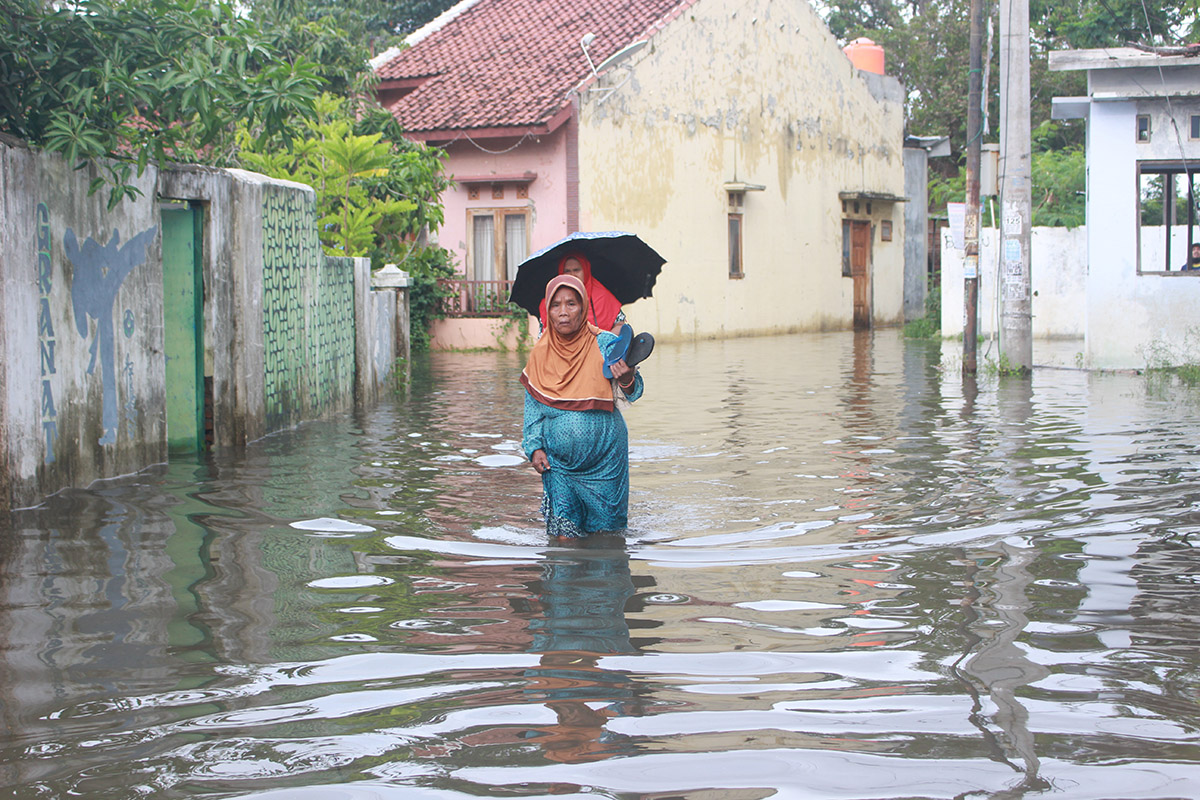Immigration – A Crash-Landing of Dreams & Resilience
December 26by Samara Ali
1947 – Gurdaspur, Punjab – a stream of migrants crosses the river in pursuit of a new life – some survived by their cattle, or whatever was left of their belongings amid the violence of partition. This was the reality of about 14 million refugees whose fates were upturned at the stroke of midnight on 14th August, 1947.
Amassed in dreary camps, railways stations, and at times wrecked carts, these immigrants were to shape a post-partition subcontinent that now commands global economic growth rate at a staggering 8%.
Fast forward 80 years later, a South-Asian girl has her passport stamped by the customs officer at Pearson International Airport, Toronto, Canada – ‘Landed Immigrant’, it said, as the ripe blue ink defined her new identity. That girl was me.
Immigration, whether by choice or lack thereof, isn’t merely a statistic – it’s a narration of countless lives that continue to shape modern-day socio-economic construct and national policy. In 2015 alone, about 2.14 million people immigrated to Germany, with one third hailing from Syria, and about 1.3% of its economic growth being attributed to immigration since 1988. In the US as of 2018, innovation in technology has been bolstered by immigrants, with over half of highly valued US startup companies spearheaded by immigrant founders. In terms of cultural significance, the American narrative of an inspiring underdog and land of opportunities is itself based on the spirit of resilient immigrants who paved way for their hard-earned success against all odds.
But what about the implications when national policies are unable to account for the potential of its immigrants? In 2016, Norway experienced an increase in its immigrant population by a staggering 13.4%. While the country has an exemplary welfare structure for its labour market, the inability to promptly correct the shortcomings of its labour policies such as absence of minimum wage with geopolitical changes like the 2004 EU enlargement led to a sharp rise in income inequality across the country. Similarly, the incongruent flux of low and high skilled immigrants to Canada has placed significant constraints on public health services, employment opportunities and an overall experience of successful cultural integration. As of 2024, over 15% of immigrants decided to leave the country due to high living costs and limited opportunities.
Let’s consider this: each year – thousands of immigrants like me stop at the customs office of countries that welcome them for their resilience, skills, and ability to bring phenomenal economic impact. Each year brings a wave of hope from these migrants who come in with a sense of purpose to change their lives for the better. So what happens when some of them don’t see a fruition of such dreams? Needless to say, an onset of lost potential and a hopelessly tainted spirit. This brings us to crucial questions to consider – why are the economic policies in some countries unable to account for its geopolitical framework? What can be done to account for a culturally sound and economically viable flow of immigration? When policy-makers account for the constraints, and opportunities of current systems, it prevents the pitfall of myopic decision making that is responsible for issues such as reverse migration and perpetuating unemployment. Perhaps that’s when dreams can materialize for an immigrant the day their passport gets stamped with ‘Landed Immigrant’.






